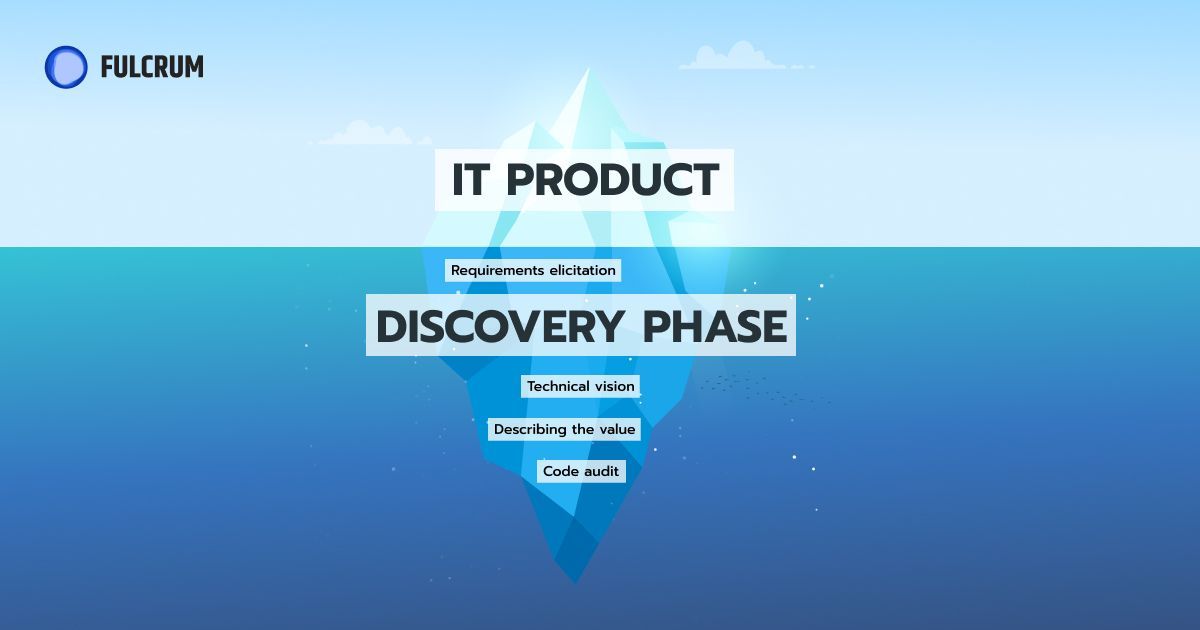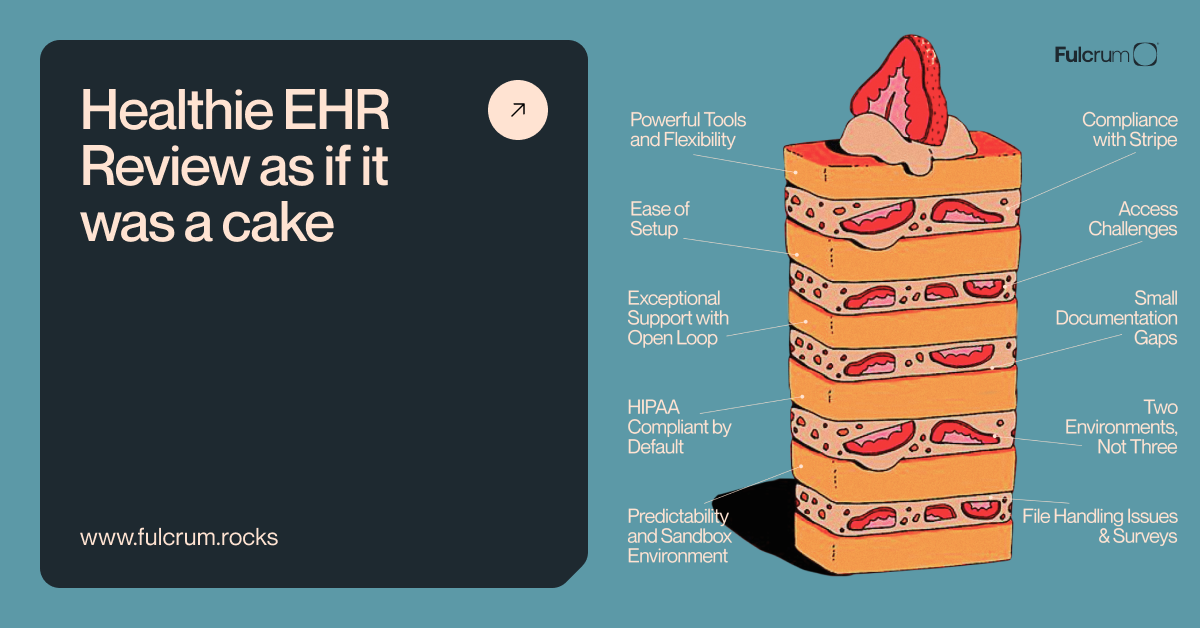It was invented for the business world in the 1970s. Yet, as a concept, it has existed since ancient philosophy. It is an HMW technique — How Might We, a model for formulating questions that give rise to new ideas.
If you are not yet called Socrates in the team, but you are ambitious enough to be an attentive listener and thoughtful moderator of brainstorming sessions, as well as to deliver cool products for practical use and not just for a single footnote in your portfolio — this technique will come in handy. Now, we will tell you more.
What is the “how might we” technique used for
Previously, the trend was to make an app or website for a startup with the largest and widest functionality. The maximum number of buttons, registrations, hyperlinks, video, animation — just a bulk of stuff for everyone, but at the same time for no one. Today, it is different.
Companies strive to develop software with functionality that will be most convenient for the target user. Hence they need to clearly understand the desires of the target audience (TA). You use HMW method for better recognition of the TA’s needs. It allows you to identify the demands of the end-user and ways to meet them.
On the one hand, it is convenient for organizing a brainstorming session. Yet, on the other hand, it makes an interesting structuring frame for the flow of ideas. You use it in every project to make sure that your product is exactly what the user expects. How Might We statements aim to create the best version of the product. “The best” means “developed chiefly for the user”. It allows you to put the principles of human-oriented design into practice.

At what stages are the how might we statement is the most effective to use
HMW can be done immediately after the briefing with the client to outline and arrange the basic, essential, and secondary issues and goals.
It can be used to finalize the discovery phase of your product. Namely, when you have already considered everything (the idea, the content, the form) and started an audit of all outcomes to make the best product.

You can also use it to interview the potential target group to find out what product improvements a potential user requires. At this stage, it is crucial to choose the proper respondents, sorting them out by age, income level, particular views. The criteria may vary depending on the TA of the project. Otherwise, the interview risks being a waste of time.
Suppose, you want to make a mobile application for a driving school. So, people can self-study theory in the application during the lockdown, as well as book practical classes with an instructor. You talked to the client, googled the competitors, and realized your goal and your potential app’s value. That is the transparency and simplicity of the learning environment. This is exactly what students of classic driving schools need.
Find more about discovery stage of software development:
How to formulate questions when you use the “how might we” statement?
There is one rule in HMW questions: the clearer you formulate them, the better answers you get. To succeed, the questions must include both the problem and space for a creative solution. Properly composed questions are 70% of successful brainstorming.
What do you need for an HMW session?
A team (6 to 12 people depending on the scale of the project) and a facilitator who will moderate the speakers and record the conversation. If you use the HMW technique to communicate with the TA, you need an interviewer of high EQ and a representative(s) of the respective TA.
At Fulcrum, we outline a script before each conversation. This is an important document that helps to stay on the topic of the conversation, thus be sure to follow it. At the same time, you shouldn’t follow it like a robot. A successful interview balances between scripting and improvisation. This balance allows you to better communicate with a potential user.
Dont’s
Do not ask too general questions. HMW functions as an exam for your discovery. That way, you show what you have learned in a year about the market, the product, and the TA. If after all that you still ask the question “How can we make the application easy to use?” your preliminary conducted study is pointless.
Do not narrow the question too much, and do not frame the answer in the question. Don’t ask, “How can we make the learning process traceable?” Better ask, “How can we give the user a sense of control over the learning process?” Again, the questions should not be general but should be broad enough for them to yield an idea.
Do’s
Be affirmative. This means that at the beginning you can give an affirmative sentence. And then add the “why” question. For example, “You are subscribed to a streaming resource(?) If so, explain why. If not, advance the argument for that as well.”
Add problems. It’s great if you add not only some open questions and positive insights, but also the issues found during the discovery. e.g. while studying the market, we learned that classic driving schools often delay training and offer more classes to earn more. Then we asked ourselves, “How can we make progress transparent to the user?”
Be positive in questions. Try to focus on the desired results. Don’t ask, “How do I make support calls less often?” Ask instead, “How do I make sure my user has all the tools for self-study?”
What to do after an HMW session?
First of all, organize the received information and look for insights on its basis. Often 6-8 interviews with the target audience are enough. If the topic is quite broad and you need to study the audience in detail; then, it is 10 (maximum 12) interviews. After that comes information saturation. You understand that end users have distinct requests, want to meet particular needs, or want to solve a specific problem by using a certain app.
In this way, we design the functionality of almost all our applications. That is from programs for driving schools or apps for location tracking to apps for wealthy people who want to buy or rent a property.
If this is a brainstorming within the team, it is important to re-process the answers received, classify them and select the best ones. Sometimes, it happens that insights come at the stage of processing the received ideas. Then, start the work on their implementation.
Well, as you can see HMW is amazing method. It helps you to deliver better products. A truly product oriented company doesn’t make whatever it wants, it creates exactly what the users need. If you are looking for such a company Fulcrum Rocks is just one call away!



